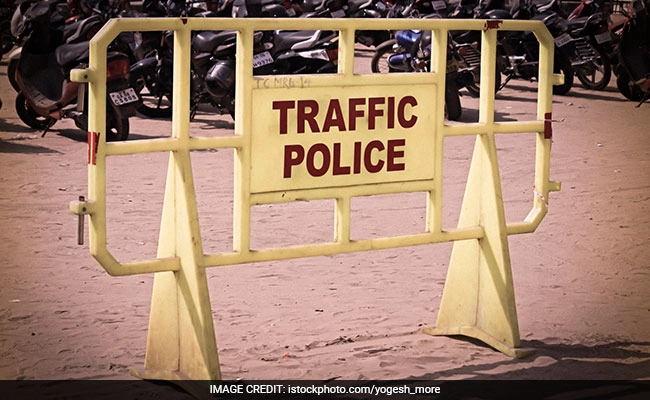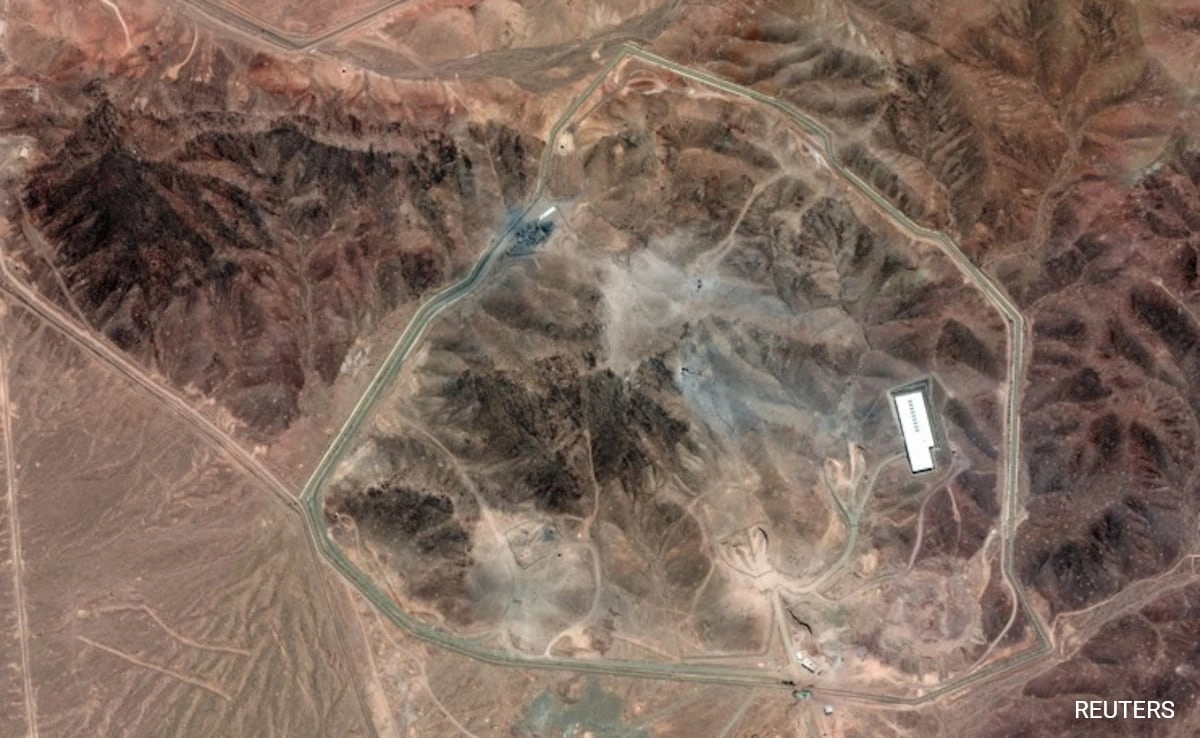In a rather unusual incident in Uttar Pradesh, a car owner found himself facing a fine for “not wearing a helmet,” a violation typically associated with motorcyclists rather than automobile drivers. The situation unfolded when traffic police stopped the individual for a routine check. Upon inspecting the vehicle, the officers mistakenly noted the violation, leading to the issuance of a fine that left the car owner baffled. This peculiar event highlights the challenges and occasional miscommunication that can occur within law enforcement, especially regarding the enforcement of traffic regulations.
Authorities later labeled the incident as a “human error,” acknowledging the mistake made by the police officers involved. This admission underscores the importance of proper training and awareness among law enforcement personnel, particularly in distinguishing between different types of vehicles and their respective regulations. The incident serves as a reminder to the public about the need for clarity in traffic laws and the potential for misunderstandings in their enforcement. While the fine itself may seem trivial, it raises broader questions about accountability and the processes in place to ensure that such errors do not happen frequently.
The car owner’s experience has sparked discussions on social media, with many people expressing their disbelief over the situation. Some users humorously pointed out the absurdity of a car driver being fined for not wearing a helmet, while others raised concerns about the potential for similar errors affecting more serious traffic violations. As citizens share their opinions, it is evident that this incident has resonated with the public, highlighting both the challenges of law enforcement and the need for ongoing dialogue about traffic safety regulations.
In light of this occurrence, it may be beneficial for law enforcement agencies to conduct refresher courses for officers regarding traffic laws and their specific applications. Training that emphasizes the importance of accurately identifying violations could prevent similar mishaps in the future. Ultimately, while the incident may be a singular case of confusion, it serves as a valuable opportunity for reflection and improvement within the traffic policing framework in Uttar Pradesh.




